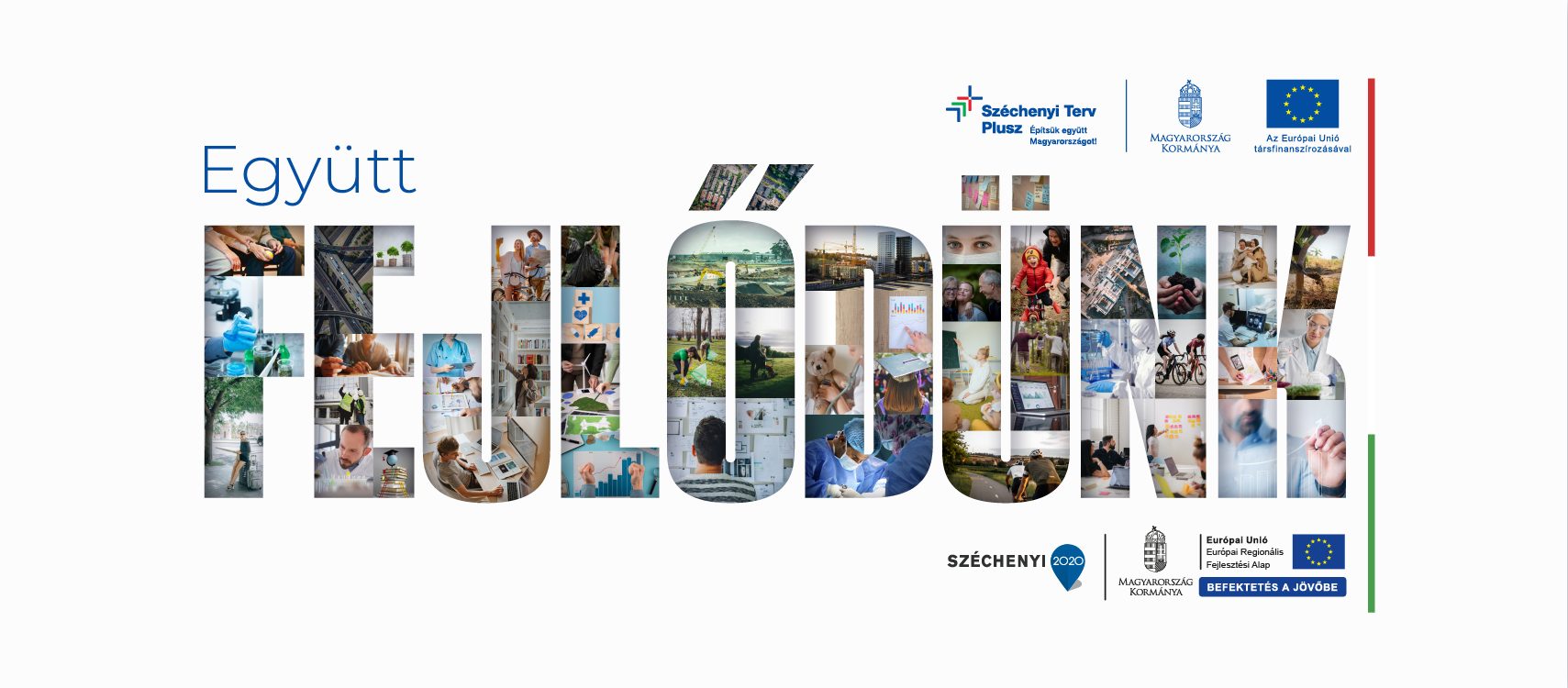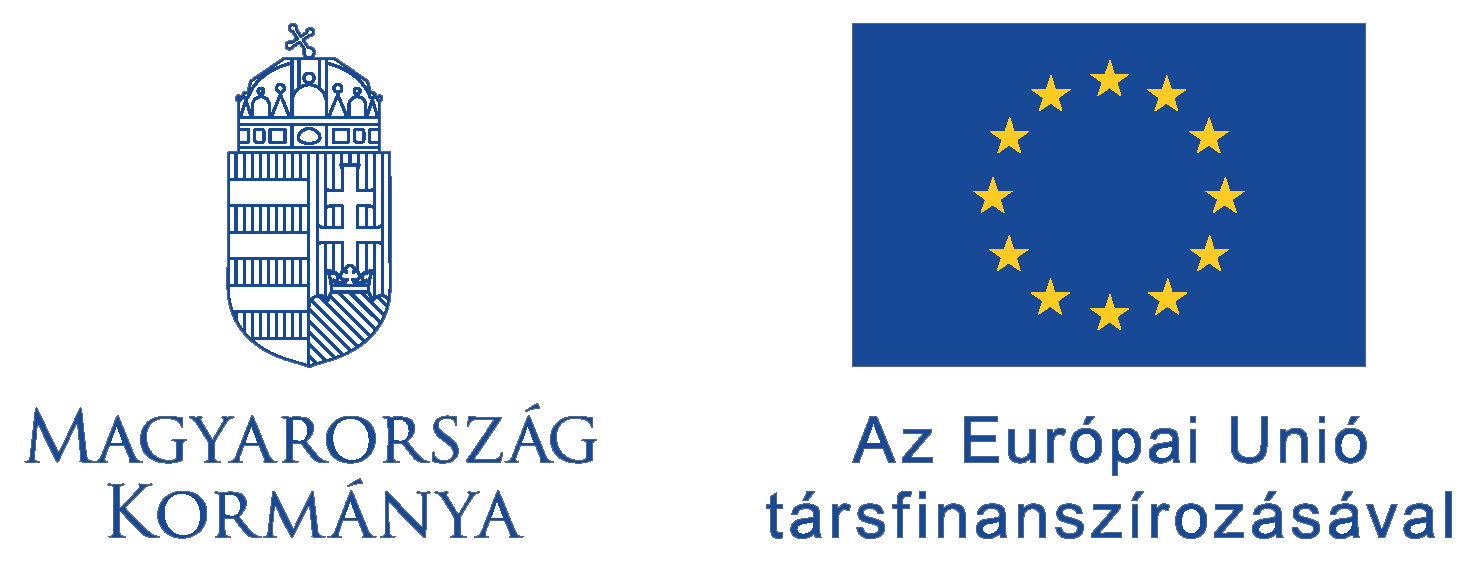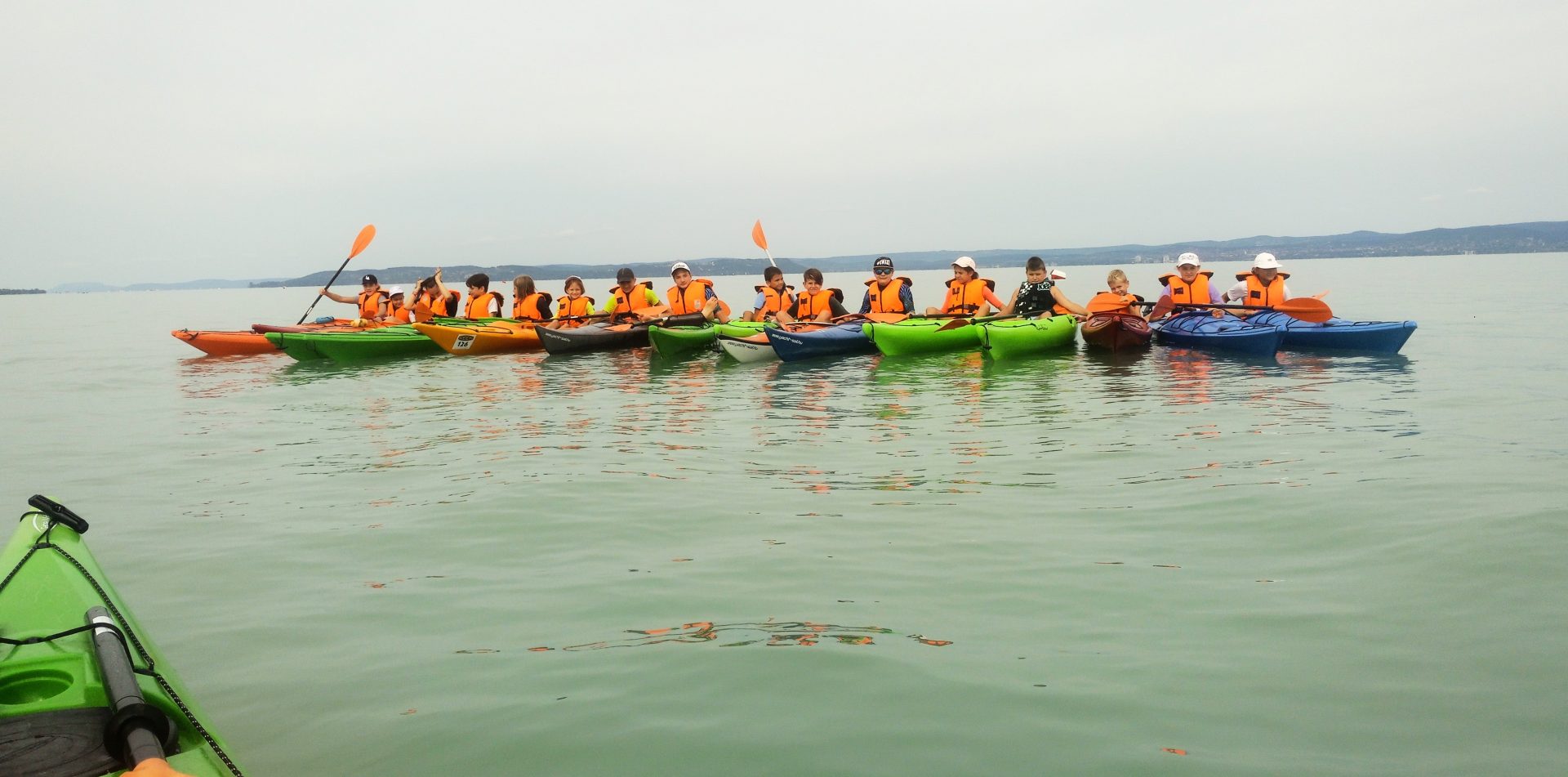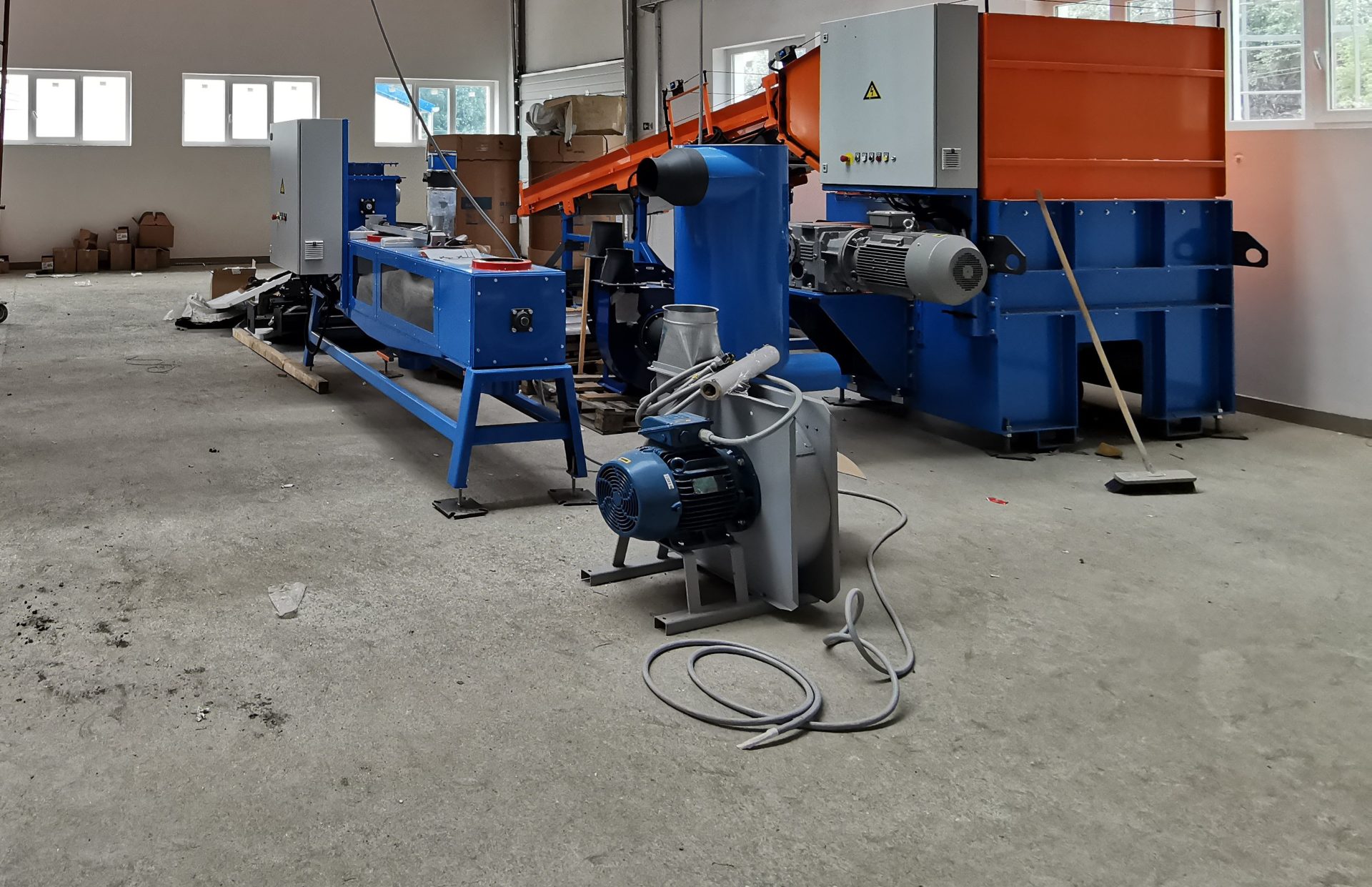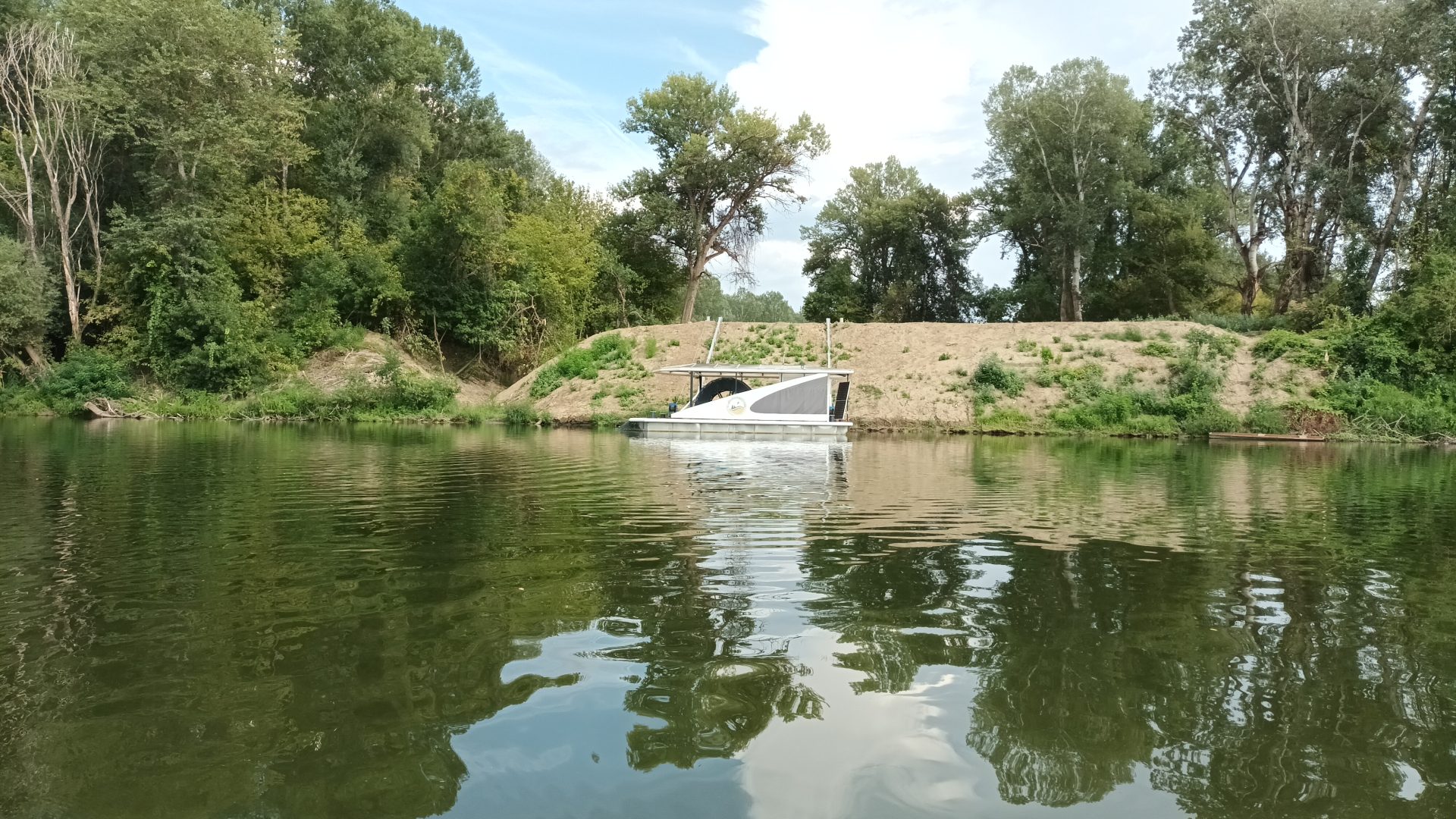Within the framework of the Lechner Knowledge Center’s project supported by the Public Administration and Public Service Development Operational Program, electronic support of construction matters has been provided. Eleven different online professional systems have been set up to help both the public and the professionals’ work.
The competitiveness of a country is also fundamentally determined by the quality of administrative and public services related to construction, in which Hungary had many development tasks. The flow of information between those involved in construction and regional planning processes worked with many actors and extremely slowly due to the lack of modern, proper IT and regulatory background to speed up the processes. Although the construction e-solutions launched in 2013-2014 were mostly based on new, contemporary technologies, they did not respond to the three-dimensional (3D) -based spatial data collection, service and display demands. Thus, the system did not meet the expectations of customer-centric information services.
As a result of this 3D-based data infrastructure project, construction processes have been integrated into a one-stop digital interface, thus reducing administrative burdens and simplifying the work of experts and administrators in construction. The connection of IT professional systems is assisted by a background support system, so the professional systems communicate with each other on a unified platform. The applications implemented in the development of the Lechner Knowledge Center cover the whole area related to construction. The project created and further developed a total of eleven different online systems, including the Unified Electronic Public Utility Registry System (E-Utility System), the National GIS Basic Map (NTA), the Townscape Characteristic Manuals (TAK) or the National Regional Development and Spatial Planning Information System (TEIR).
These professional and digital systems also help those who would build, buy a plot, or want to use plans and regulations that affect their own living environment. Web applications make the steps of construction clear, in addition to legislation, diagrams, images, pictograms, and map surfaces, among others help you find your way around, thereby supporting users and construction professionals from design to construction.
Thanks to the project, the lead times and costs of construction and regional planning procedures have also been reduced, as have administrative burdens for the population and businesses. This contributes to increasing the competitiveness of the Hungarian economy and improving social well-being.
The program was implemented with European Union funding under the KÖFOP-1.0.0-VEKOP-15-2016-00037 project.
Find out more about the project in the Project Finder:Details
